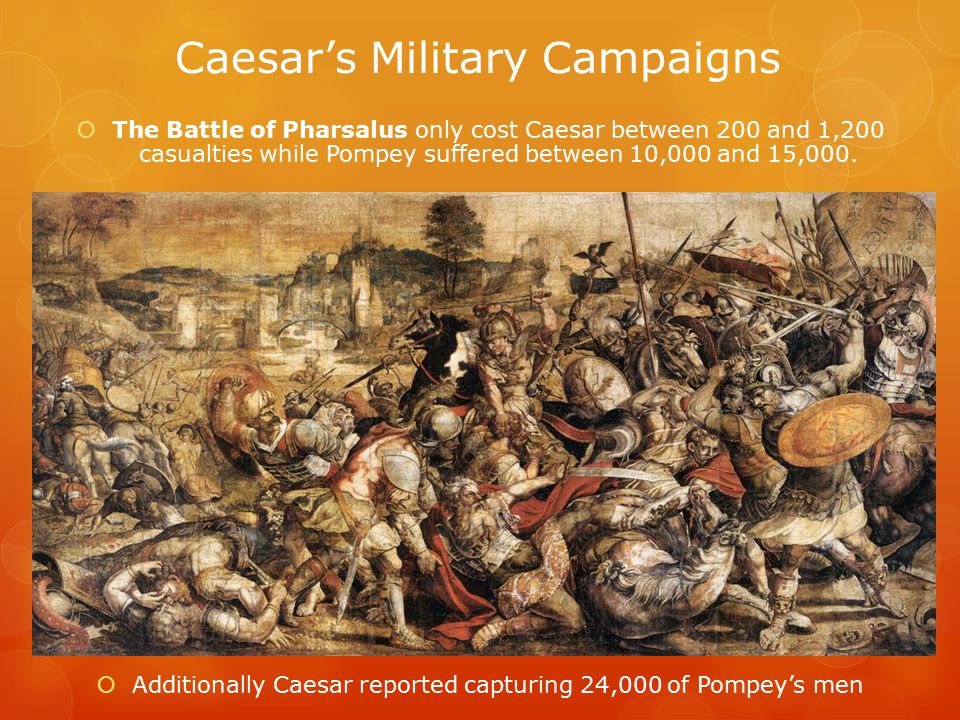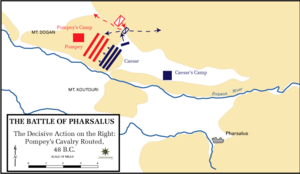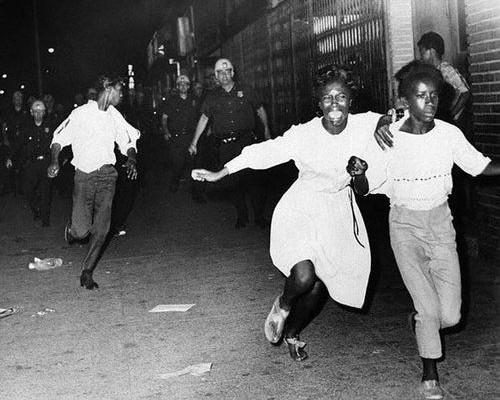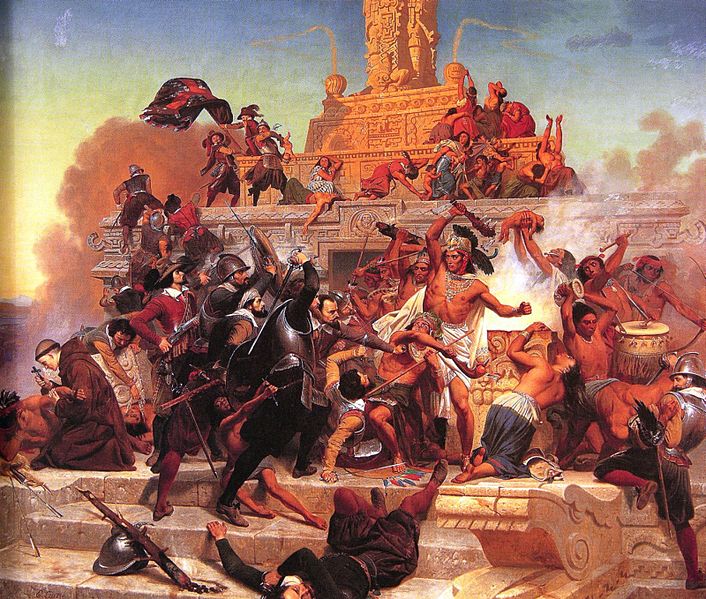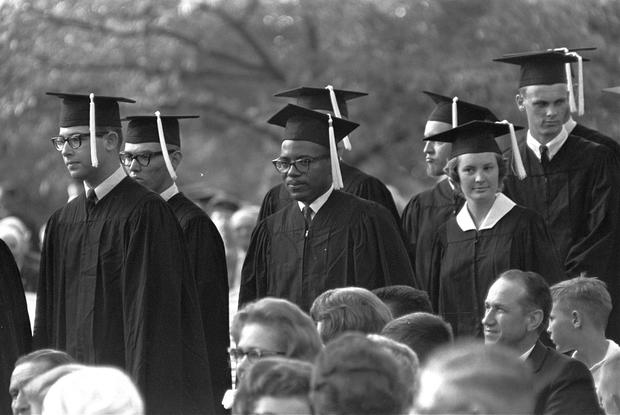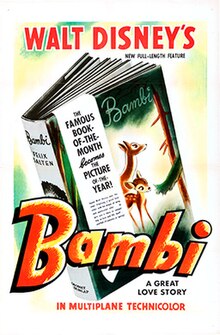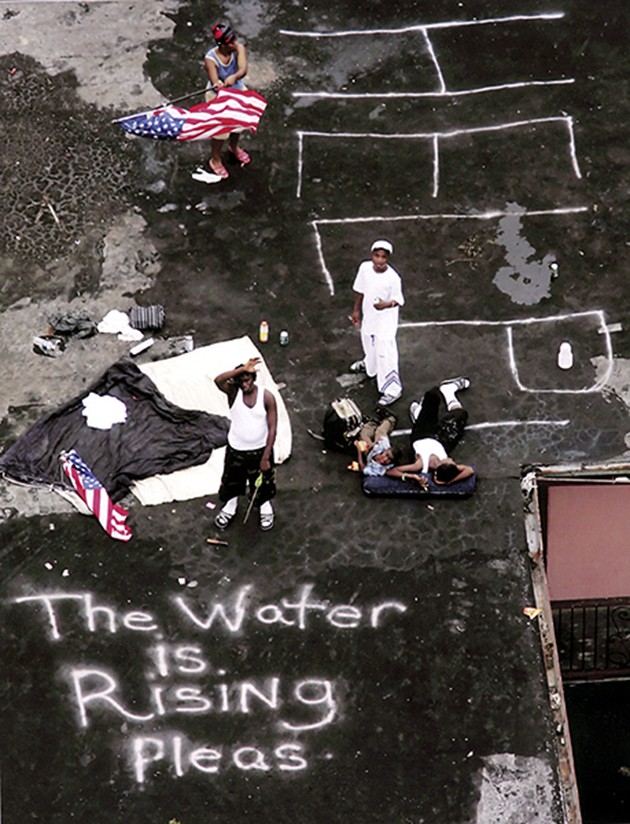1934
Federal prisoners land on Alcatraz
A group of federal prisoners classified as “most dangerous” arrives at
Alcatraz Island, a 22-acre rocky outcrop situated 1.5 miles offshore in
San Francisco Bay. The convicts–the first civilian prisoners to be housed in the new high-security penitentiary–joined a few dozen military prisoners left over from the island’s days as a U.S. military prison.
Alcatraz was an uninhabited seabird haven when it was explored by Spanish Lieutenant Juan Manuel de Ayala in 1775. He named it
Isla de los Alcatraces, or “Island of the Pelicans.” Fortified by the Spanish, Alcatraz was sold to the United States in 1849. In 1854, it had the distinction of housing the first lighthouse on the coast of
California. Beginning in 1859, a U.S. Army detachment was garrisoned there, and from 1868 Alcatraz was used to house military criminals. In addition to recalcitrant U.S. soldiers, prisoners included rebellious Indian scouts, American soldiers fighting in the Philippines who had deserted to the Filipino cause, and Chinese civilians who resisted the U.S. Army during the
Boxer Rebellion. In 1907, Alcatraz was designated the Pacific Branch of the United States Military Prison.
In 1934, Alcatraz was fortified into a high-security federal penitentiary designed to hold the most dangerous prisoners in the U.S. penal system, especially those with a penchant for escape attempts. The first shipment of civilian prisoners arrived on August 11, 1934. Later that month, more shiploads arrived, featuring, among other convicts, infamous mobster
Al Capone. In September, George “Machine Gun” Kelly, another luminary of organized crime, landed on Alcatraz.
In the 1940s, a famous Alcatraz prisoner was Richard Stroud, the “Birdman of Alcatraz.” A convicted murderer, Stroud wrote an important study on birds while being held in solitary confinement in Leavenworth Prison in
Kansas. Regarded as extremely dangerous because of his 1916 murder of a guard at Leavenworth, he was transferred to Alcatraz in 1942. Stroud was not allowed to continue his avian research at Alcatraz.
Although some three dozen attempted, no prisoner was known to have successfully escaped “The Rock.” However, the bodies of several escapees believed drowned in the treacherous waters of San Francisco Bay were never found. The story of the 1962 escape of three of these men, Frank Morris and brothers John and Clarence Anglin, inspired the 1979 film
Escape from Alcatraz. Another prisoner, John Giles, caught a boat ride to the shore in 1945 dressed in an army uniform he had stolen piece by piece, but he was questioned by a suspicious officer after disembarking and sent back to Alcatraz. Only one man, John Paul Scott, was recorded to have reached the mainland by swimming, but he came ashore exhausted and hypothermic at the foot of the
Golden Gate Bridge. Police found him lying unconscious and in a state of shock.
In 1963, U.S. Attorney General
Robert F. Kennedy ordered Alcatraz closed, citing the high expense of its maintenance. In its 29-year run, Alcatraz housed more than 1,500 convicts. In March 1964 a group of Sioux Indians briefly occupied the island, citing an 1868 treaty with the Sioux allowing Indians to claim any “unoccupied government land.” In November 1969, a group of nearly 100 Indian students and activists began a more prolonged occupation of the island, remaining there until they were forced off by federal marshals in June 1971.
In 1972, Alcatraz was opened to the public as part of the newly created Golden Gate National Recreation Area, which is maintained by the National Park Service. More than one million tourists visit Alcatraz Island and the former prison annually.


